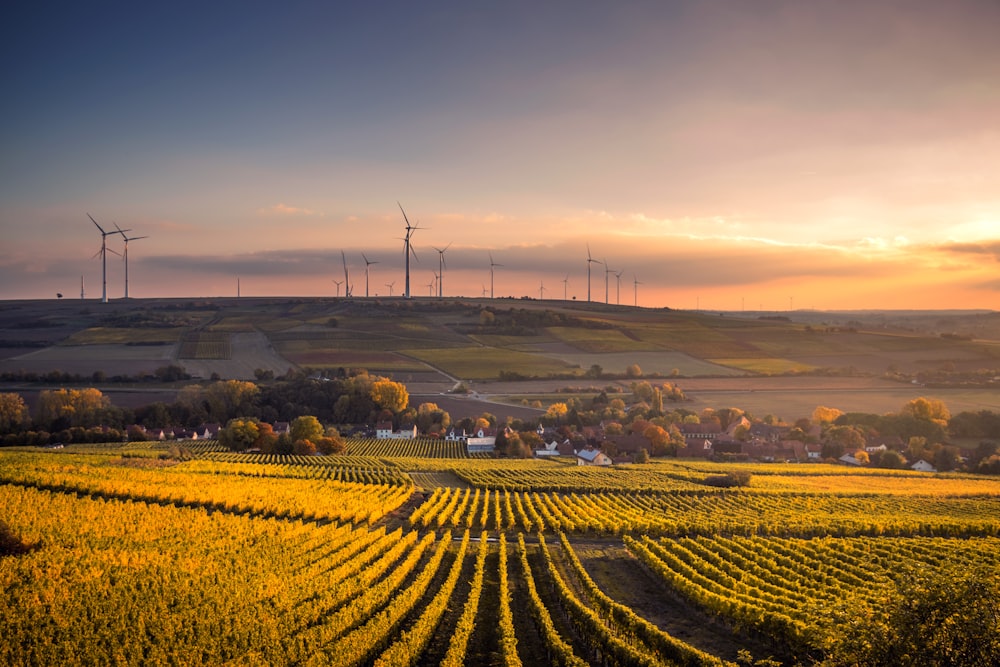Building a Sustainable Future
Renewable solutions are at the forefront of efforts to combat climate change and build a more sustainable future. From harnessing the power of the sun and wind to tapping into the Earth’s heat and natural resources, renewable solutions offer a pathway towards a cleaner, greener, and more resilient world.
Embracing Solar Power
Solar power stands as one of the most abundant and accessible sources of renewable energy. By capturing sunlight through photovoltaic panels, solar power systems generate clean electricity without emitting greenhouse gases or pollutants. Whether installed on rooftops, in solar farms, or integrated into urban infrastructure, solar panels offer a versatile and scalable solution for powering homes, businesses, and communities. Renewable solutions like solar power empower individuals and organizations to take control of their energy consumption and reduce their environmental footprint.
Harnessing the Wind
Wind energy has emerged as a leading renewable solution for electricity generation around the world. Wind turbines, both onshore and offshore, harness the kinetic energy of the wind to produce electricity efficiently and reliably. With advancements in turbine technology and grid integration, wind farms can generate large amounts of clean energy while minimizing environmental impact. Offshore wind, in particular, holds immense potential for scaling up renewable energy capacity and meeting growing energy demand.
Tapping into Geothermal Energy
Geothermal energy offers a reliable and constant source of renewable power by tapping into the Earth’s heat. Geothermal power plants utilize hot water and steam from underground reservoirs to drive turbines and generate electricity. With geothermal resources found in regions with volcanic activity and tectonic plate boundaries, geothermal energy has the potential to provide clean and sustainable power for heating, cooling, and electricity generation.
Exploring Biomass Solutions
Biomass solutions utilize organic materials such as wood, agricultural residues, and organic waste to produce heat, electricity, and biofuels. Through processes like combustion, gasification, and anaerobic digestion, biomass can be converted into usable energy without emitting additional carbon dioxide. Biomass energy offers a renewable alternative to fossil fuels and can help reduce waste while providing a reliable source of heat and power.
Investing in Hydroelectric Power
Hydroelectric power remains one of the oldest and most widely used forms of renewable energy. By harnessing the energy of flowing water through dams and turbines, hydroelectric power plants generate electricity cleanly and reliably. While large-scale hydroelectric projects have faced criticism for their environmental impacts, small-scale hydro and run-of-river projects offer sustainable alternatives that minimize habitat disruption and preserve river ecosystems.
Promoting Energy Efficiency
In addition to expanding renewable energy capacity, promoting energy efficiency is essential for reducing energy consumption and maximizing the benefits of renewable solutions. Energy-efficient technologies and practices, such as LED lighting, smart thermostats, and building insulation, help lower energy demand and reduce greenhouse gas emissions. By investing in energy efficiency, individuals, businesses, and governments can save money, conserve resources, and support the transition to a sustainable energy future.
Fostering Innovation and Collaboration
Fostering innovation and collaboration is crucial for accelerating the adoption of renewable solutions and overcoming barriers to their implementation. Governments, industry stakeholders, research institutions, and communities must work together to develop and deploy innovative technologies, policies, and business models that support the growth of renewable energy. By fostering a culture of innovation and collaboration, we can unlock the full potential of renewable solutions and build a more sustainable future for all.
Conclusion
In conclusion, renewable solutions offer a promising pathway towards a cleaner, greener, and more sustainable future. From solar and wind power to geothermal, biomass, and hydroelectric energy, renewable solutions provide viable alternatives to fossil fuels and help mitigate the impacts of climate change. By embracing renewable solutions and fostering innovation and collaboration, we can build a world powered by clean and sustainable energy. Renewable solutions are not just a choice but a necessity for safeguarding the planet and ensuring a prosperous future for generations to come.

